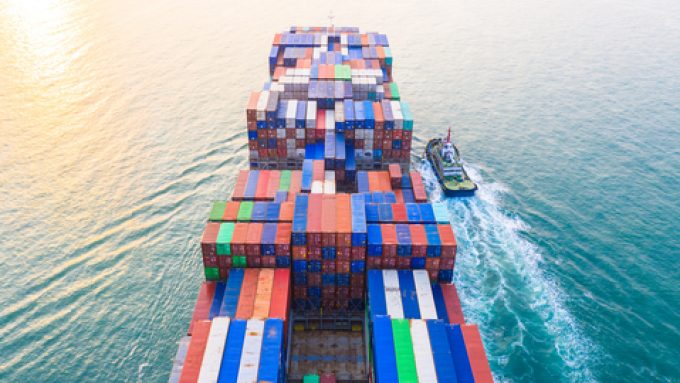Transpacific set to see record level of ship capacity in July as rates crash
The transpacific trade continues to descend into something akin to chaos – with major deepsea ...

Having lost about 80% of their daily hire rate values last year, the containership charter market has now stabilised – but the outlook for the sector remains decidedly uncertain.
Charterers appear to be waiting for better demand visibility after the Chinese New Year holiday, which begins ...

Comment on this article